Wolfe Tone Statue
An enigmatic monument to the Irish revolutionary who plotted an uprising against British rule.
In the corner of St Steven’s Green behind the Irish Famine Memorial stands a solitary statue, cast in a bronze that has weathered green over the decades. It depicts a broad-shouldered man imbued with an air of the heroic who stares stoically and questioningly toward the viewer. This haunting monument commemorates the tragic founding father of Irish republicanism, Wolfe Tone.
Wolfe Tone was born in 1763 into an aristocratic landed gentry family who held power within the Church of Ireland and owned land throughout the country. He was raised Protestant Anglican by faith, which may come as a surprise to those familiar with the modern sectarian conflict of the Northern Irish Troubles. However, in 18th-century Ireland under the rule of the British Empire, the prime agitators for a united and independent Ireland were not Catholic but predominately middle- and upper-class Protestants.
The early Irish republicans took their inspiration partly from an event that was happening on the other side of the Atlantic Ocean also led by a group of Protestant rebels, the American Revolution. The later French Revolution and its doctrine of “Liberté, égalité, fraternité” (“Liberty, Equality, Fraternity”) was also a key ideological influence in the development of the Irish movement for a staunchly republican system of governance and self-determination from the British colonial world.
Tone studied law at Trinity College Dublin where he was exposed and converted to the political ideas of the Enlightenment and also became gifted in the art of political debate and rhetoric. By 1791, Tone and others formed the Society of United Irishmen, which initially sought parliamentary reform and greater equality between the Protestant and Catholic religions. It eventually became a fully revolutionary movement with aims to overthrow British rule in Ireland and forge an independent Irish nation.
Although the United Irishmen movement was initially visible and out in the open, it soon was forced to go underground in response to ruthless espionage and arrests made by the British army and its intelligence operatives. Tone headed into exile in 1796, first in the newly independent United States, and then to post-revolution Paris where he befriended several prominent revolutionaries of the French government. There, Tone set about forming a plot to return to Ireland and managed to convince the French to provide military support for an armed insurrection in Ireland that would end British rule.
The French eventually consented to Tone’s plot against their mutual enemy. In 1797, a fleet of 40 battleships comprising a crew of over 14,000 hardened French soldiers and Irish exiles was launched, but had to return to France when a bad storm made landing on the Irish coast impossible. A second attempt led by Tone’s brother in Donegal was initially successful but was eventually crushed by a British counterattack, and its leaders, including Tone’s brother, were hanged.
Sensing his time running out, a furious but determined Tone took part in a third expedition comprising 3,000 men led by French General Jean Hardy. But the fleet was surprised by a preemptive attack by a British squadron (who had been tipped off by spies) just off the coast of Donegal. General Hardy, sensing imminent defeat, had offered Tone the chance to escape back to France on a frigate. But Tone refused, preferring to face the British head-on and make a political statement. After a brief but ferocious naval battle, the whole crew, with the exception of the general and his men, were subdued and surrendered. Tone was wounded and taken prisoner.
The prisoners were promptly sentenced to death by the colonial government for “treason,” but the trial lingered for several months. This prompted an unrepentant Tone to make defiant speeches that declared a “frank and open war to procure the separation of the countries” and encourage the court to grant him “the favor that I may die the death of a soldier.” But the British, sensing that a formal execution would make Tone and his rebels martyrs to the Irish cause, refused the request and recommended that Tone be hanged “as a common criminal.”
Attempting to beat the gallows and deny the British the satisfaction, Tone tried to take his own life by cutting his throat with a smuggled razor blade. However, he was thwarted in this attempt by prison guards who brought him to a doctor before he bled to death. A popular story (though its accuracy is unverified) recounts that after having his throat bandaged and due to be executed within a couple of hours, Tone was warned by the doctor that if he tried to talk the wound would reopen and cause him to bleed rapidly to death. As the story goes, this prompted Tone to gleefully declare “I can yet find words to thank you sir, it is most welcome news to me, for what should I live for?” Tone died from his wounds in 1798 in prison where he succeeded in cheating the gallows.
This statue of the revolutionary leader was made in the 1960s by the sculptor Edward Delaney. Due to its controversial symbolism and political significance to Irish Republicanism, it became a strategic target at the height of the Troubles in Northern Ireland. In 1971, a group of Loyalists managed to plant and detonate a bomb that blew the sculpture into several pieces that were scattered by the explosion throughout the city center of Dublin. This act of vandalism, however, was ultimately unsuccessful: Delaney managed to re-cast the fragments of the damaged sculpture and restore it to its previous location just a few months later.
Know Before You Go
The statue can be seen in outside St Stephen's Green, on the north-east corner, where it stands in front of the granite monoliths that separate it from the Famine Memorial sculptures.




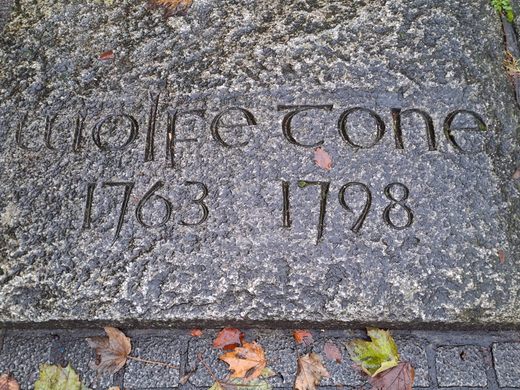


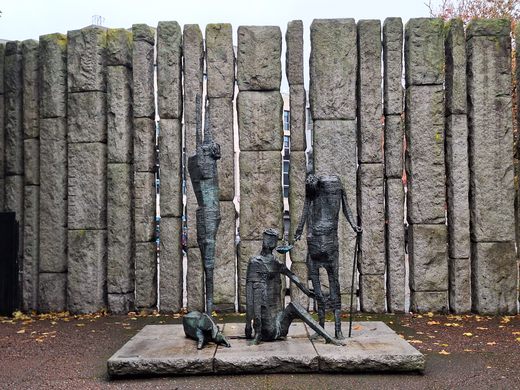
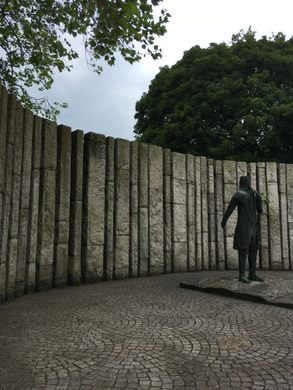
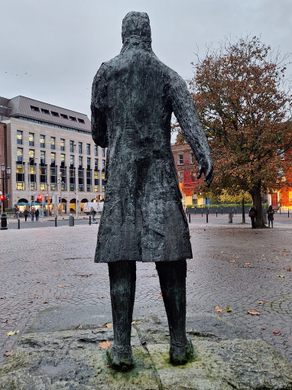
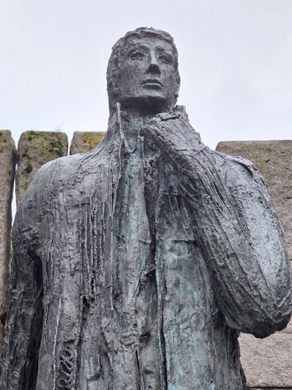










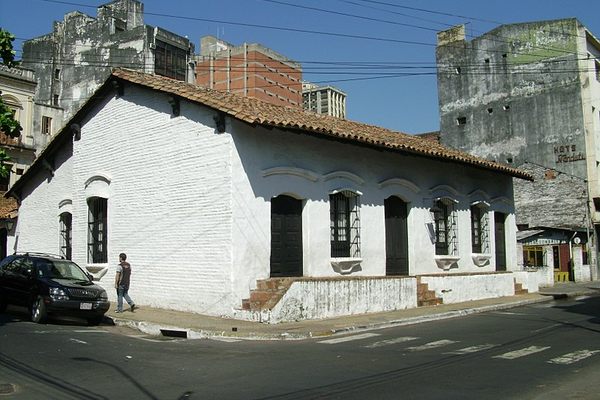



Follow us on Twitter to get the latest on the world's hidden wonders.
Like us on Facebook to get the latest on the world's hidden wonders.
Follow us on Twitter Like us on Facebook